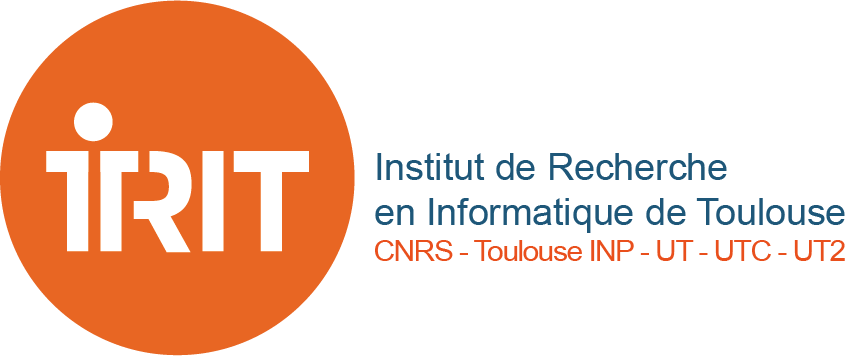Similarity Measures Recommendation for Mixed Data Clustering
Résumé
Clustering is an important data mining task which is widely spread in various domains such as biology, finance, marketing, healthcare, and social sciences. It allows the end user to discover, through built clusters, relationships within data. Many non-expert users perceive clustering as an "easy" task because it always produces a result. However, choosing a clustering algorithm at random, without proper parameter tuning, often leads to poor results.In particular, an important choice when applying a clustering algorithm to a specific dataset is the similarity measure. Since clustering algorithms rely on similarities between data points to build clusters, the chosen similarity measure should fit the data as accurately as possible in order to form the best clusters. Mixed Data are data that are characterized by numerical as well as categorical attributes. When clustering mixed data, the same similarity measure cannot be used for the two attribute types. Commonly a pair of similarity measures is used, one dedicated to numerical attributes and one dedicated to categorical attributes. The choice of these two most appropriate similarity measures is very important in mixed data, as it significantly affects the clustering performance.In this paper, we challenge to recommend the best pairs of similarity measures to end-users, regardless of their experience, when applying a specific clustering algorithm to a mixed dataset to maximize a specific performance measure. The proposed recommendation process relies on knowledge extracted from a meta-model built by an automated machine learning (AutoML) approach. To evaluate the relevance of the recommendation process, experiments are conducted with two well-known clustering algorithms: K-Prototypes and Hierarchical Clustering. Our results show that the recommendations can positively help users select the most appropriate pairs of similarity measures depending on their use cases (i.e. clustering algorithm, dataset, and performance measure). These recommendations outperform the traditionally used similarity measures in the literature, particularly for datasets where the choice of the similarity measures has a significant impact.
| Origine | Publication financée par une institution |
|---|---|
| licence |



